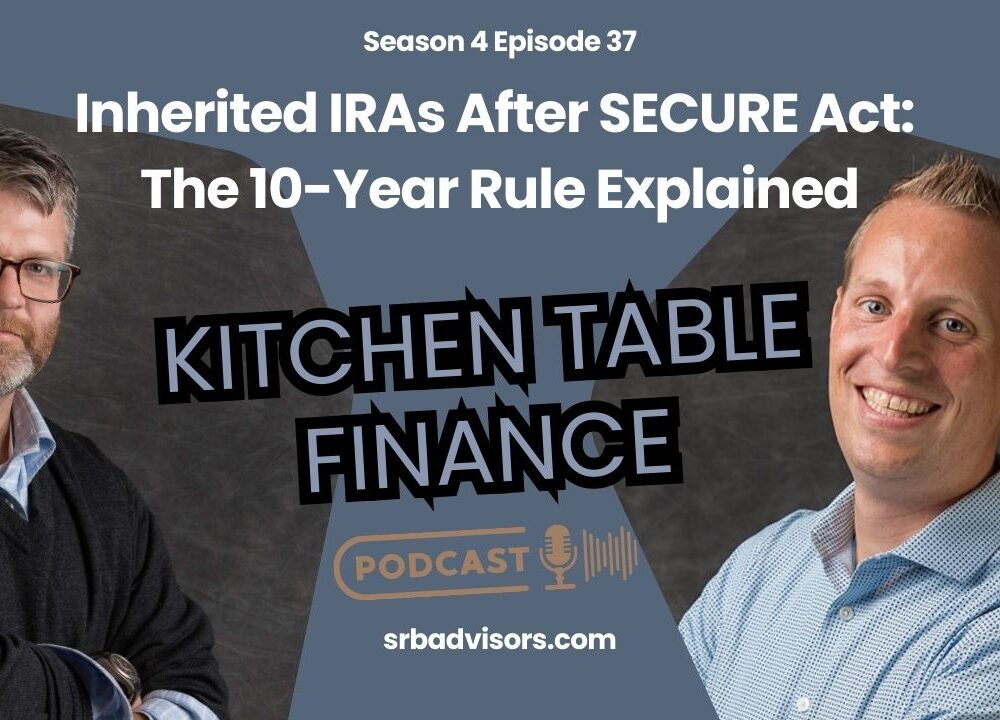Understanding Federal Student Loans

In order to plan for funding your student’s college education, you must understand the student loan landscape. I won’t take up space here with scary statistics about the amount of student debt American families are amassing and what that may mean for our society’s future. If used correctly and in the right amounts, student loans can be an important part of the college funding puzzle.
There are two basic types of student loans: federal student loans and private student loans. It’s important to know the different types of loans and how they work before you borrow any funds. Federal loans, which we focus on here, typically have lower interest rates and more flexible repayment strategies than private student loans. Undergraduate students are limited in how much they can borrow in federal loan programs. Parents and graduate students may be able to borrow the entire cost of education.
Direct Stafford Loans are the most prominent federal student loans available. Stafford loans are further divided into two categories:
- Subsidized Stafford Loans are need based and only available to undergraduate students. While the student is still in school, and during a 6 – month grace period after leaving school, the loan interest is paid by the US Department of Education. Subsidized loans have a loan fee of 1.062%, deducted from the loan disbursement amount, for 2018 and 2019. For the 2018 and 2019 school year the interest rate for subsidized loans is 5.05%.
- Unsubsidized Stafford Loans are not need based and are available to undergraduate and graduate students. Payments may be deferred until after graduation and a six-month grace period. However, unlike the subsidized loan, interest accrues during the deferral period and is added to the loan balance to be paid later. Unsubsidized loans have a loan fee of 1.062%, deducted from the loan disbursement amount, for 2018 and 2019. The 2018 – 2019 interest rate is 5.05% for undergraduate students and 6.60% for graduate students.
There are limits to how much a student may borrow under the Stafford Loan program. The amount varies by the student’s grade level and whether or not they are a dependent of their parents:
| Grade / Year | Dependent Student | Independent Student |
| Freshman | $5,500 (up to $3,500 subsidized) | $9,500 (up to $3,500 subsidized) |
| Sophomore | $6,500 (max $4,500 subsidized) | $10,500 (max $4,500 subsidized) |
| Junior and Up | $7,500 (max $5,500 subsidized) | $12,500 (max $5,500 subsidized) |
| Graduate | Not Applicable | $20,500 unsubsidized only |
| Cumulative | $31,000 (max $23,000 unsubsidized) | $57,500 ($23,000 subsidized) |
Direct PLUS Loans are available for graduate and professional students as well as the parents of dependent undergraduate students. For parents, there is an approval process and they must demonstrate a good credit history. PLUS loans allow the borrower to take up to the total cost of attendance minus financial aid. For graduate students, repayment is deferred until they finish school, but interest accrues during deferral and is added to the loan balance. Parents may request deferral until their student finishes school. The current loan fee for a PLUS loan is 4.248%, which is deducted from the disbursement amount when the loan is taken out. The 2018 – 2019 interest rate for PLUS loans is 7.60%.
Direct Consolidation Loans allow borrowers to consolidate all their eligible federal loans into one single loan with a single loan servicer. A Direct Consolidation Loan may give you access to additional loan repayment plans and potential debt forgiveness. There is no application fee. The interest rate on a Direct Consolidation loan is the average weighted interest rate of the loans being consolidated. Note that parent loans cannot be consolidated with student loans.
Share post:
